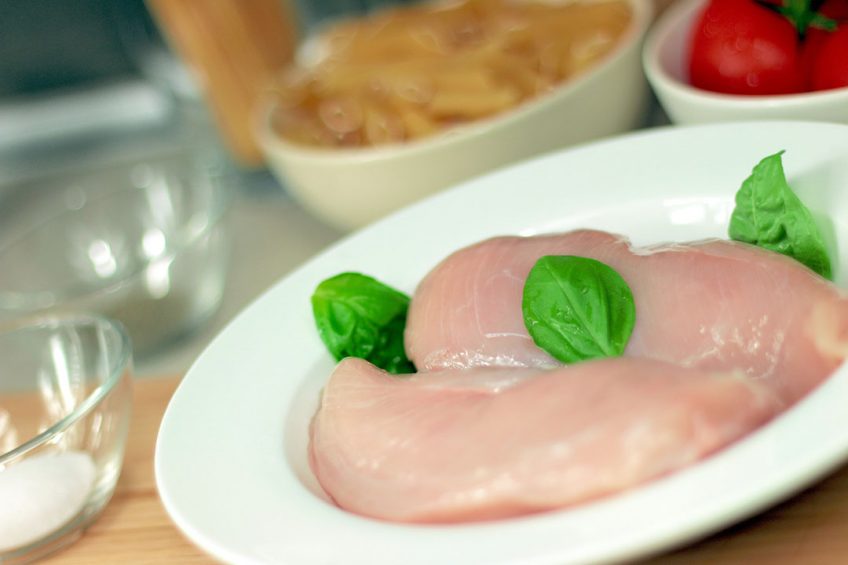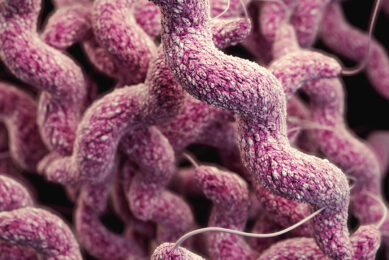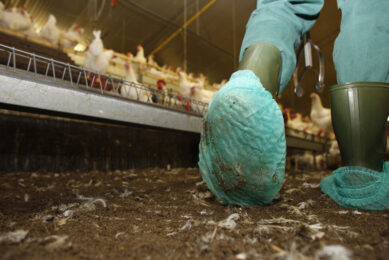UK: Rise in campylobacter contamination in fresh chicken

UK supermarkets have reported a small increase in the highest level of campylobacter contamination.
The latest industry figures, released for the 3 months covering samples taken from January to March, show 3.5% of fresh whole chicken carried more than 1,000 colony forming units per gram (cfu/g) of Campylobacter.
This compares with 3.1% for October to December but is on a par with Food Standards Agency expectations.
Levels still below 7% target
Rebecca Sudworth, Food Standards Agency Director of Policy, said: “Campylobacter levels have remained steady and are below our target of 7% at the highest level of contamination. Nevertheless, we will continue to work closely with retailers to bring levels down to as low as reasonably achievable.”
Figures from the 9 UK retailers also show that the percentage of chicken containing less than 10 cfu/g fell from 63.1% last autumn to 55.4% this spring.
Tesco showed highest levels
Fresh chicken from the UK’s largest supermarket, Tesco, had the highest amount of bacteria (6%), breaching its 5% limit, while Asda and Morrison’s both recorded scores above 5%. The FSA sets a safety threshold of no more than 7% of products having the highest level of contamination.
Lidl had just 0.015%
At the other end of the scale, discounter Lidl had just 0.015% of birds above the 1,000 cfu/g level, with Co-op reporting contamination levels of (0.9%), Sainsbury’s (1.3%), Waitrose (2%) and Marks and Spencer (3%).
Tesco said its aim was to remain at the forefront of progress on Campylobacter reduction and to ensure it delivered at least 95% of chickens with minimal levels of the bacteria.












